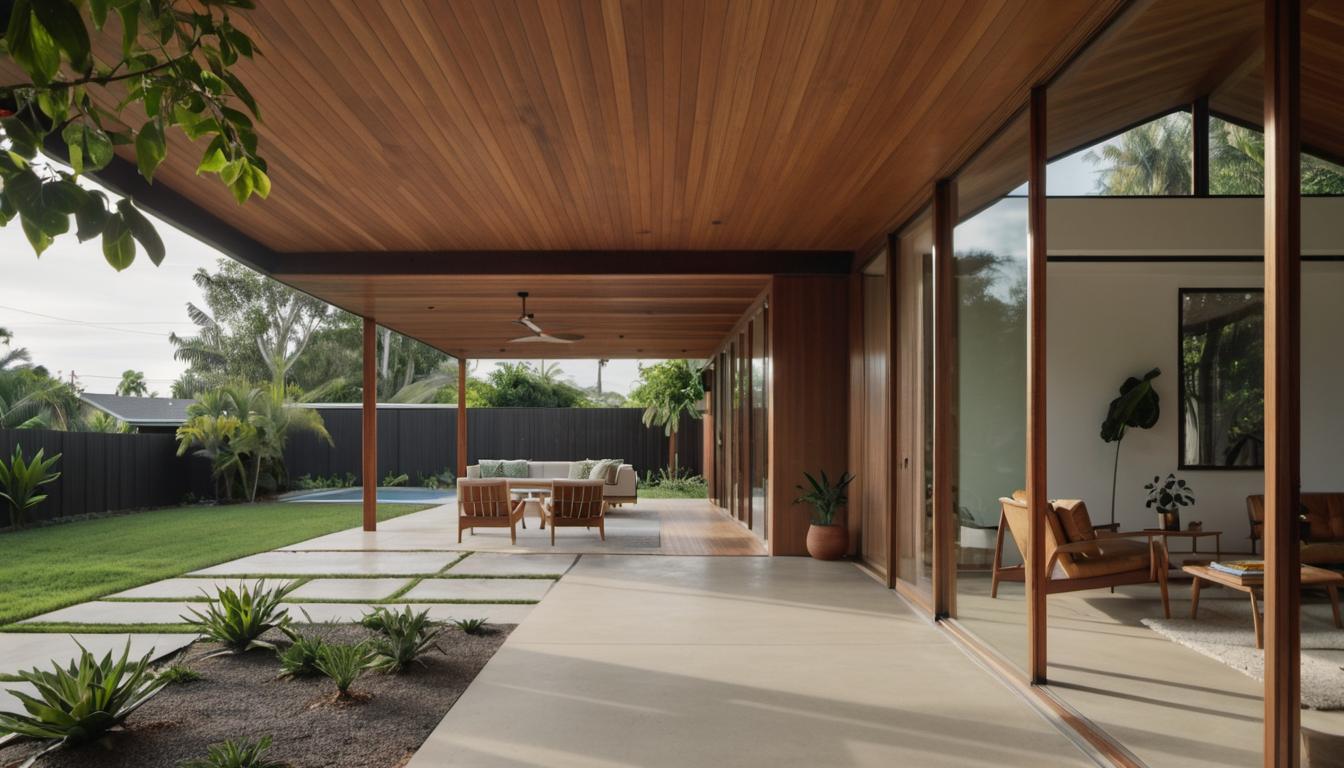Introduction
In the spirited world of architectural design, creating a first-rate portfolio is an essential tool for any professional. Similar to a resume, it visually demonstrates its owner’s skills, style, and potential. Surely, a well-assembled architecture portfolio matters when trying for coveted clients or architectural firms.
Understanding a Winning Architecture Portfolio
- A robust architecture portfolio features more than pristine imagery—it intertwines design rationale, process methodology, and real-world applications. To stand above the crowd, a successful portfolio needs a clear presentation of your best works, showing your signature style and architectural dexterity.
- The perfect architecture portfolio addresses its audience—potential clients, recruiters, or industry peers—with engaging, strategic content. Its primary function is to furnish proof of your talents and provoke interest in your capabilities.
Steps to Create a Winning Architecture Portfolio
Let us delve into the step-by-step journey of creating a superior architecture portfolio that stands out and leaves a lasting impression.
1. Showcasing Your Best Work
- The essence of any architecture portfolio is to show the best of your aesthetic prowess. Do not hold back—display the projects that announce your skills, boldness, and ingenuity.
2. Tailoring Your Portfolio for Specific Opportunities
- Just as you would modify a resume for different job positions, your portfolio should reflect the priorities of the opportunity at hand. Be sure to cultivate its contents to meet the particular requirements or style of your prospect.
3. Presenting Your Work Beyond a Linear Narrative
- Your portfolio is not just a photo album—it’s a storyteller of your creativity. Try to display projects as a narrative sequence that unfolds your development and potential, rather than a chronological report of your work.
4. Importance of Portfolio Presentation and Design
- A neat, professional portfolio design is the icing on a captivating architectural cake. Your layout and design should perfectly encapsulate and enhance the content, making it irresistibly compelling and straightforward for your audience.
5. Incorporating Brief Descriptions and Reviews of Your Work
- Words matter. A succinct text accompanying your designs sets a context and provides insight into your design strategy and objectives. May it be a short description, a quote from a client, or a short learning point, this added layer defines your work beyond imagery.
6. Showcasing Your Work Process
- Prove your creative worth and technical expertise by providing snapshots of your design process. Your workflow presentation can help potential clients or employers to understand the depth of your skills, from concept sketches to final renderings.
7. The Benefit of Having Multiple Portfolios
- Being versatile in presenting your works can be advantageous. Different portfolios tailored to specific audiences can help you maintain the relevance and impact of your content, which can accelerate your success rate.
8. Including a CV Page in Your Portfolio
- Showcase your experience, accomplishments, and other pertinent information through a well-structured CV page in your portfolio. This helps potential employers to gain a complete image of your professional profile without distractions.
9. Researching Potential Employers and Aligning Your Portfolio Accordingly
- Aligning your portfolio with the needs and values of your potential employers can help you make a solid impact and win the job. It’s crucial to understand the firm’s business and adapt your portfolio to underscore your compatibility and potential as an asset.
10. Portfolio Display Options: Web Pages vs Downloadable PDFs
- Granting the option to view your portfolio via web pages or downloadable PDF files offers flexibility to your viewers and increases the availability of your material. Weighing the pros and cons of each format can help make your portfolio even more user-friendly.
11. Using High-Quality Images and Graphics
- The quality of images used can significantly impact your portfolio. Paying attention to quality ensures your designs are displayed in their true essence, effectively showcasing your skill-level with vivid, captivating imagery.
Frequently Asked Questions
Let’s move on to tackling some of the most common queries about building a successful architecture portfolio, answering your burning questions with industry insights.
- Q: What should a winning architecture portfolio showcase?
A: A winning architecture portfolio is a reflection of your best work, architectural prowess, and personal design vision. It succinctly displays your skills, worth-ethic, and innovative thinking. - Q: How should I present my architecture work in a portfolio?
A: As a best practice, present your work as a story, not a timeline. Make your portfolio a journey through your creativity, showing the breadth of your development and potential in every page. - Q: What type of content should accompany my work in a portfolio?
A: Each design should be accompanied by a brief text that introduces the project, your design approach, client info, project duration, lessons learned, and relevant accolades. - Q: What is the importance of research when designing my portfolio?
A: In-depth research about potential employers can help you align your portfolio to their business ethos, thereby increasing your chances of capturing their attention with relevant content. - Q: How many architectural projects should I include in my portfolio?
A: Although there’s no set number, your portfolio should prominently display your best projects. Make sure to communicate your role and achievements in each project effectively, using high-quality images and graphics.
Final Thoughts
Tailoring a successful architecture portfolio can be a demanding but rewarding task. Using these steps, you can design an impressive portfolio that enhances your visibility, underlines your skills, and opens the doors to countless opportunities. Remember, a compelling portfolio showcases your best work, tailors its content based on the specific opportunity, and presents your work engagingly. So, get ready to put in the effort, design your portfolio strategically, and embark on the architectural career that you’ve been dreaming of.
Final Thoughts
Tailoring a successful architecture portfolio can be a demanding but rewarding task. Using these steps, you can design an impressive portfolio that enhances your visibility, underlines your skills, and opens the doors to countless opportunities. Remember, a compelling portfolio showcases your best work, tailors its content based on the specific opportunity, and presents your work engagingly. So, get ready to put in the effort, design your portfolio strategically, and embark on the architectural career that you’ve been dreaming of.






